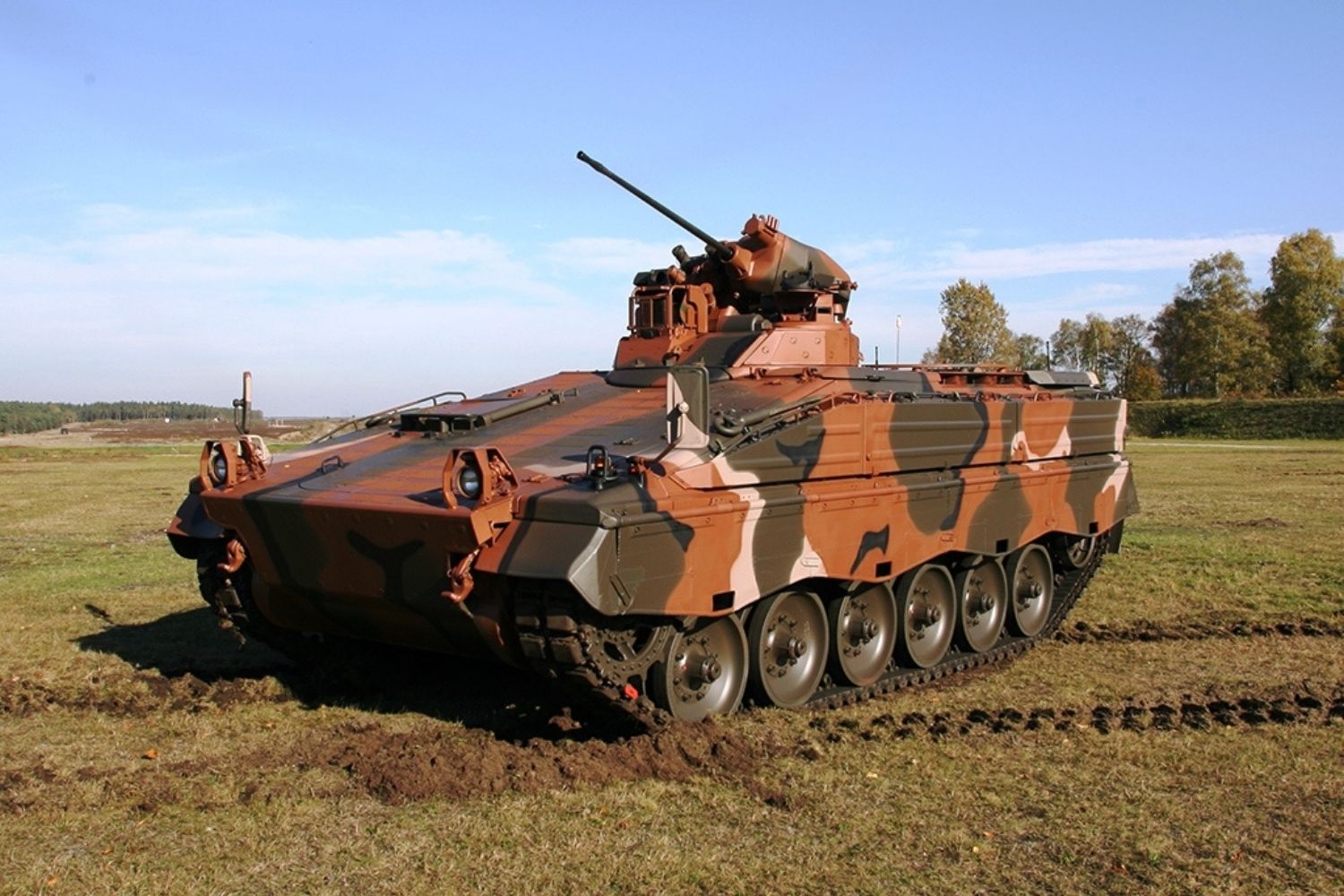
Ever wondered about the Marder? This German armored fighting vehicle has a rich history and some surprising facts. Marder means "marten" in German, a nod to its agility and strength. Developed during the Cold War, it was designed to transport infantry while providing fire support. The Marder has seen action in various conflicts and remains a key part of Germany's military arsenal. With its impressive speed, armor, and firepower, it has earned a reputation for reliability. Whether you're a history buff or a military enthusiast, these 30 facts about the Marder will give you a deeper appreciation for this remarkable vehicle.
Marder's Habitat
Marders, also known as martens, are fascinating creatures with unique habitats. They thrive in various environments, each offering something special for their survival.
- Marders prefer dense forests with plenty of trees and cover. These areas provide ample hiding spots and hunting grounds.
- Some marders live in mountainous regions, where they navigate rocky terrain with ease.
- They are also found in boreal forests, which are cold and have coniferous trees like pines and spruces.
- Marders can adapt to mixed woodlands, which have both deciduous and coniferous trees.
- In Europe, marders are often seen in urban areas, living in parks and gardens.
Marder's Diet
Marders are omnivores, meaning they eat both plants and animals. Their diet is diverse and changes with the seasons.
- Small mammals like mice and voles are a staple in their diet.
- Birds and their eggs are also commonly hunted by marders.
- Insects, especially beetles, provide a good source of protein.
- Fruits and berries are eaten when they are in season, adding variety to their diet.
- Marders sometimes eat carrion, which is the remains of dead animals.
Marder's Physical Characteristics
Marders have several distinctive physical traits that help them survive in the wild. These features make them agile hunters and adept climbers.
- They have long, slender bodies that allow them to move quickly through trees and underbrush.
- Their fur is thick and soft, providing insulation against cold weather.
- Marders have sharp claws that help them climb trees and catch prey.
- Their teeth are strong and sharp, perfect for tearing meat.
- They have keen eyesight and a strong sense of smell, aiding in hunting.
Marder's Behavior
Marders are known for their interesting behaviors, which include hunting techniques and social interactions.
- Marders are mostly solitary animals, preferring to hunt and live alone.
- They are nocturnal, meaning they are most active during the night.
- Marders mark their territory with scent glands, which helps them avoid conflicts with other marders.
- They are excellent climbers, often hunting in trees for birds and small mammals.
- Marders are known to be very curious and will investigate new objects in their environment.
Marder's Reproduction
The reproductive habits of marders are quite unique and involve specific mating rituals and care for their young.
- Marders mate in the summer, but the fertilized egg does not implant immediately. This delayed implantation ensures the young are born in spring.
- Female marders give birth to litters of 1-5 kits after a gestation period of about 9 months.
- The kits are born blind and helpless, relying entirely on their mother for the first few weeks.
- By the age of 3 months, the young marders start to learn how to hunt.
- Marders reach sexual maturity at around 2 years of age.
Marder's Conservation Status
The conservation status of marders varies by region, but many species face threats from habitat loss and hunting.
- The European pine marten is considered a species of least concern, but its population is declining in some areas.
- The American marten is listed as a species of least concern, but certain populations are threatened by deforestation.
- Habitat destruction due to logging and urban development is a major threat to marders.
- In some regions, marders are hunted for their fur, which is highly valued.
- Conservation efforts include habitat protection and legal regulations on hunting to help preserve marder populations.
Final Thoughts on Marder
Marders, or martens, are fascinating creatures with unique traits. These small mammals, part of the weasel family, are known for their agility and sharp claws. Found mainly in Europe and North America, they thrive in forests and are skilled climbers. Their diet includes small animals, birds, and fruits, showcasing their adaptability.
Despite their cute appearance, marders can be quite fierce when threatened. They play a crucial role in their ecosystems by controlling rodent populations. However, they face threats from habitat loss and hunting.
Understanding marders helps us appreciate the delicate balance of nature. Protecting their habitats ensures these intriguing animals continue to thrive. So next time you spot a marder, remember these amazing facts and the important role they play in our world.
Was this page helpful?
Our commitment to delivering trustworthy and engaging content is at the heart of what we do. Each fact on our site is contributed by real users like you, bringing a wealth of diverse insights and information. To ensure the highest standards of accuracy and reliability, our dedicated editors meticulously review each submission. This process guarantees that the facts we share are not only fascinating but also credible. Trust in our commitment to quality and authenticity as you explore and learn with us.
